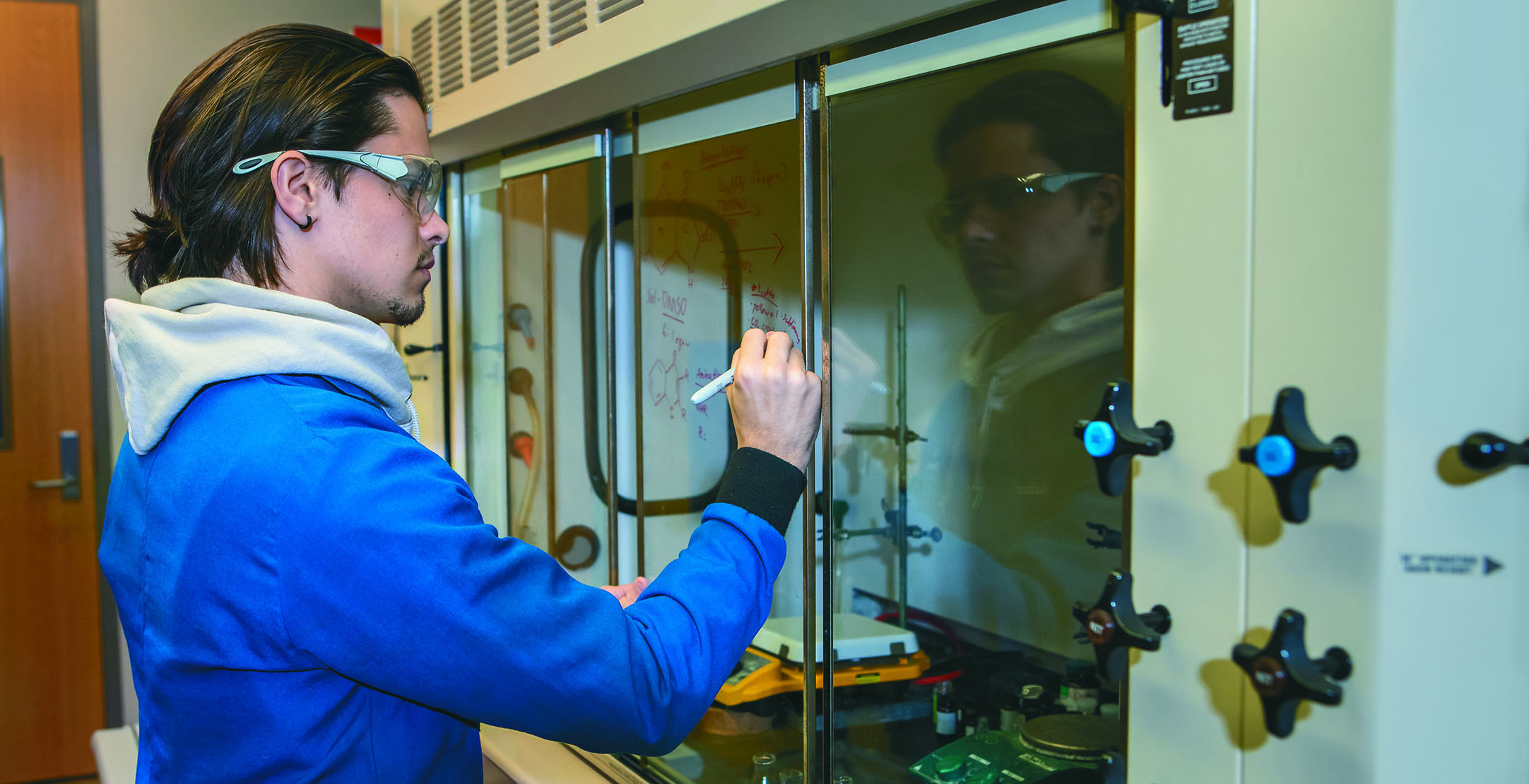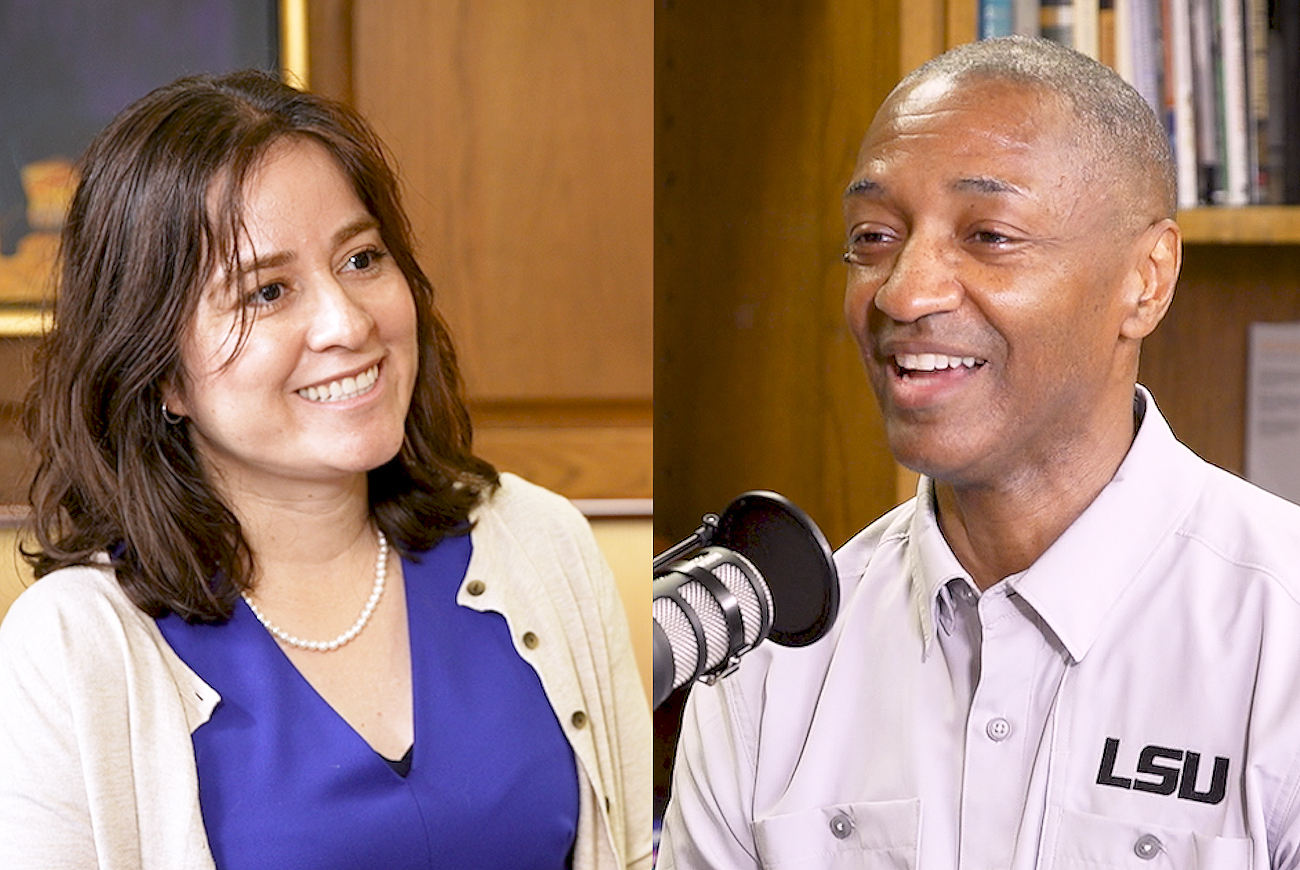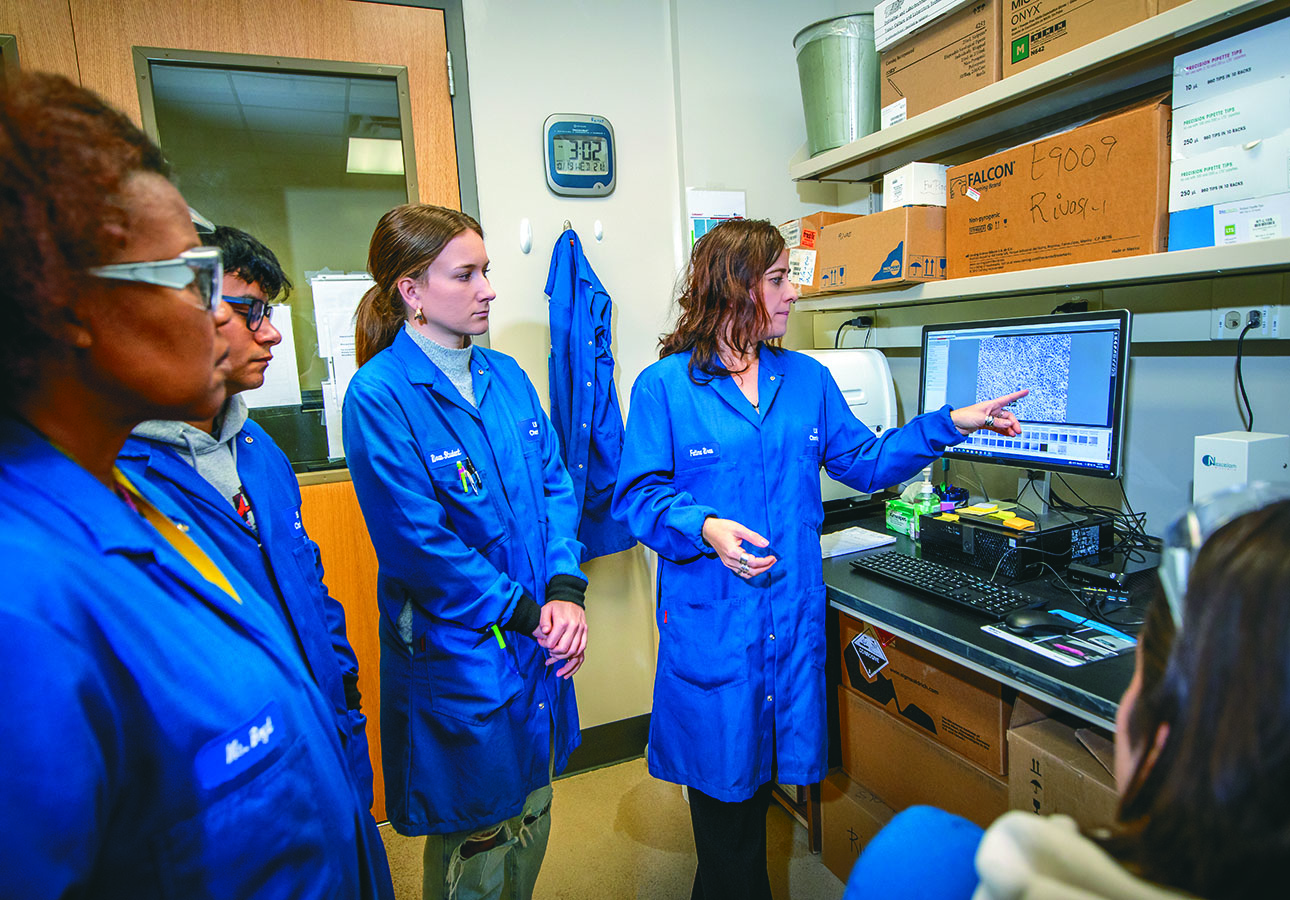|
“I was always interested in chemistry, ever since I was a child,” said Rivas, who
was born in El Salvador and grew up the youngest of three sisters in South Central Los Angeles.
“I was infatuated with colors. I wanted to know what produces color, so I tried to extract the pigment
from flowers.”
She remembers when she was around six years old, she would collect flowers, sort them by color, and set up an extraction system using water, ethanol, and newspaper. She would experiment because she was curious to discover the pigment concentrations when using the different solvents.
“Fundamentally, that’s what we do in the lab. As chemists, we look at specific components and characteristics to better understand the properties of the compounds that are part of that mixture,” she said.
Rivas is a natural products chemist. She studies the ethno-pharmacological properties of compounds derived from nature.
“Throughout our history as humans, we have been using nature as a remedy, if you will, to alleviate some of our diseases,” she said.
Her relatives on her mother’s side are from the Native American Pipil tribe, who are indigenous to El Salvador. Her ancestors practiced herbal medicine and have passed down recipes using native plants.
Because of her ancestral background, Rivas would love to study alkaloids derived from the red flowering plant erythrina, which indigenous people use in some instances to paralyze their prey when hunting.
Rivas knows from her own preliminary research that erythrina alkaloids can penetrate the blood-brain barrier, which she wants to study as a potential treatment for Parkinson’s disease and other disorders. However, that project remains on hold until she can find the time and funding.
These days, she is studying a specific fungus called Ganoderma, which is common in herbal medicine in Asia. She and her collaborator Associate Professor Michelle M. Martínez Montemayor from the Universidad Central del Caribe School of Medicine in Puerto Rico identified a natural compound derived from Ganoderma lucidum mushrooms called ergosterol peroxide.
In their research, they found this compound to be safe for healthy cells but cytotoxic to cancer cells. From the compound, they have developed Erperox and have licensed it to a Canadian company called Revive Therapeutics.
When Rivas was in college, two of her cousins, an 8-year-old and a 20-year-old, were diagnosed with acute lymphoblastic leukemia. Her younger cousin survived. But her older cousin, with whom she was very close, died.
“I was so sure that he was going to make it, so it was extremely shocking for me when he died,” she said. “It changed my perspective because I didn’t realize how tragic it can be for a person when they depart. I was still very young at that time, but I realized I wanted to do something so no one else had to go through what I had gone through.”
After her cousin died, she earned her PhD from the University of California at San Diego and became a post-doctoral researcher at Scripps Research in La Jolla, California. Then, she was on the faculty
at St. Jude’s Children’s Research Hospital in Memphis for about 10 years before becoming an LSU faculty member in 2020.
|
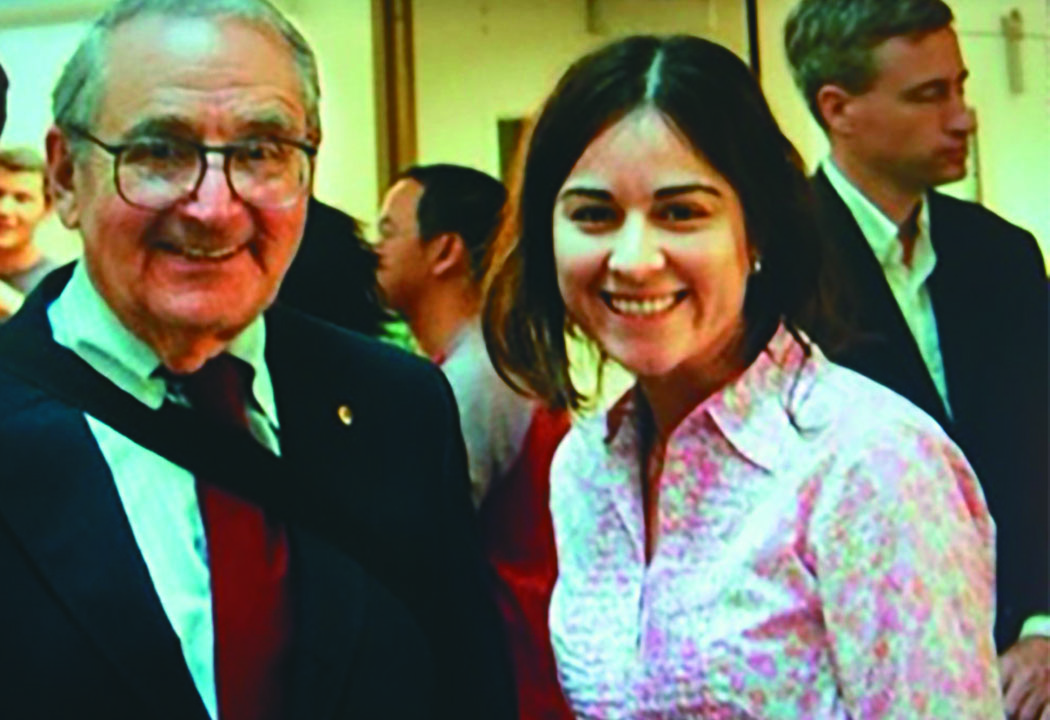



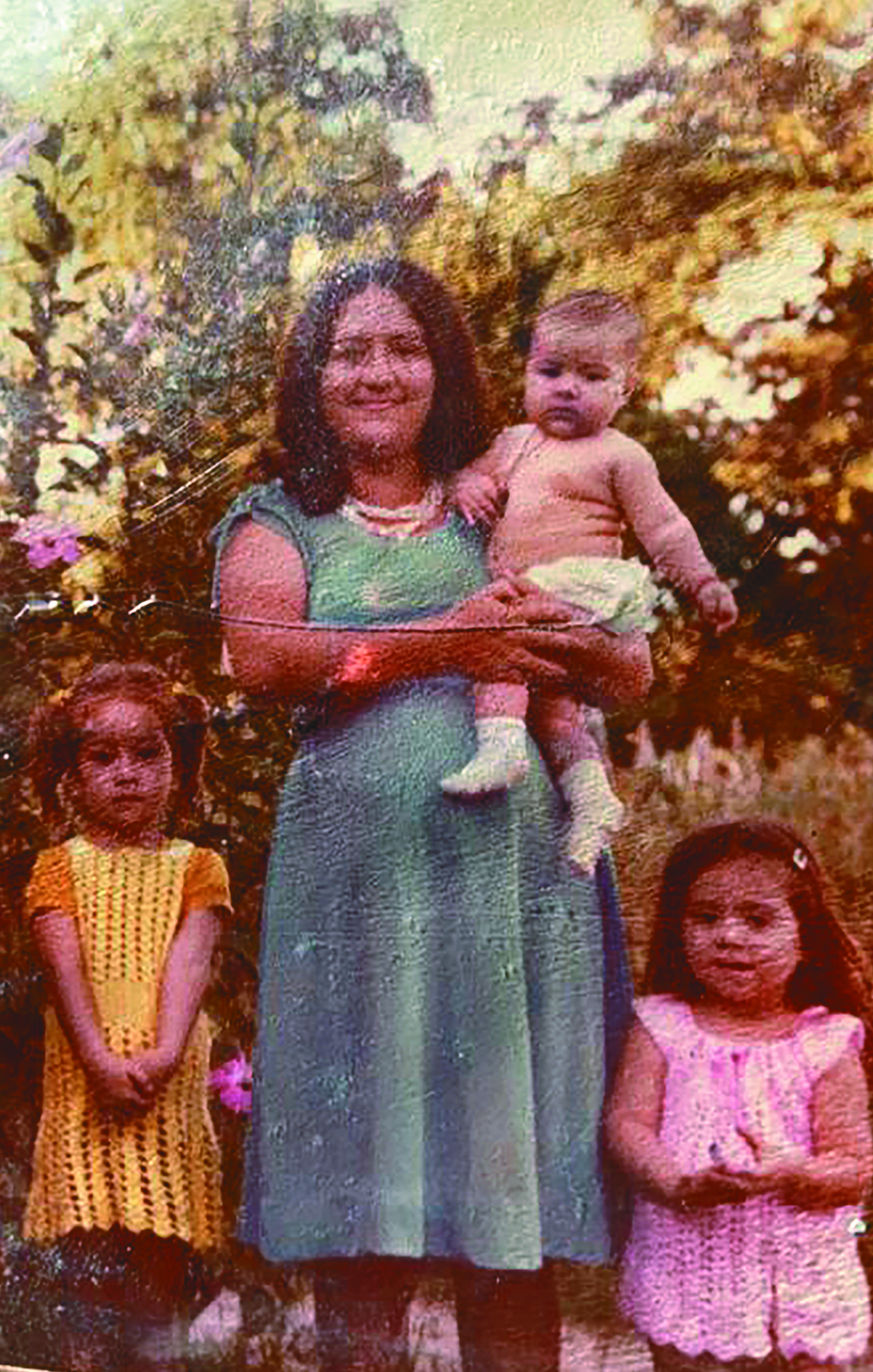
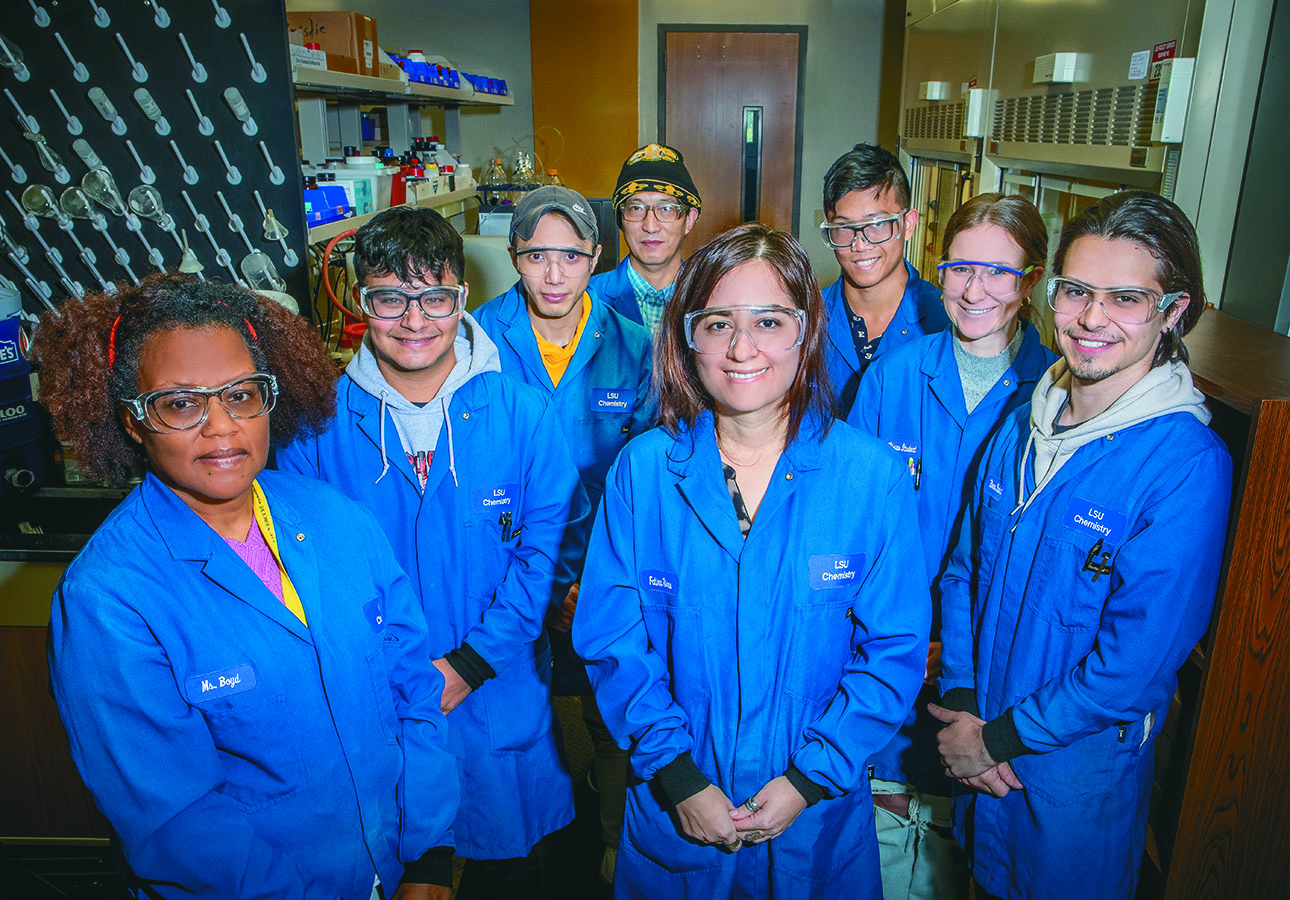
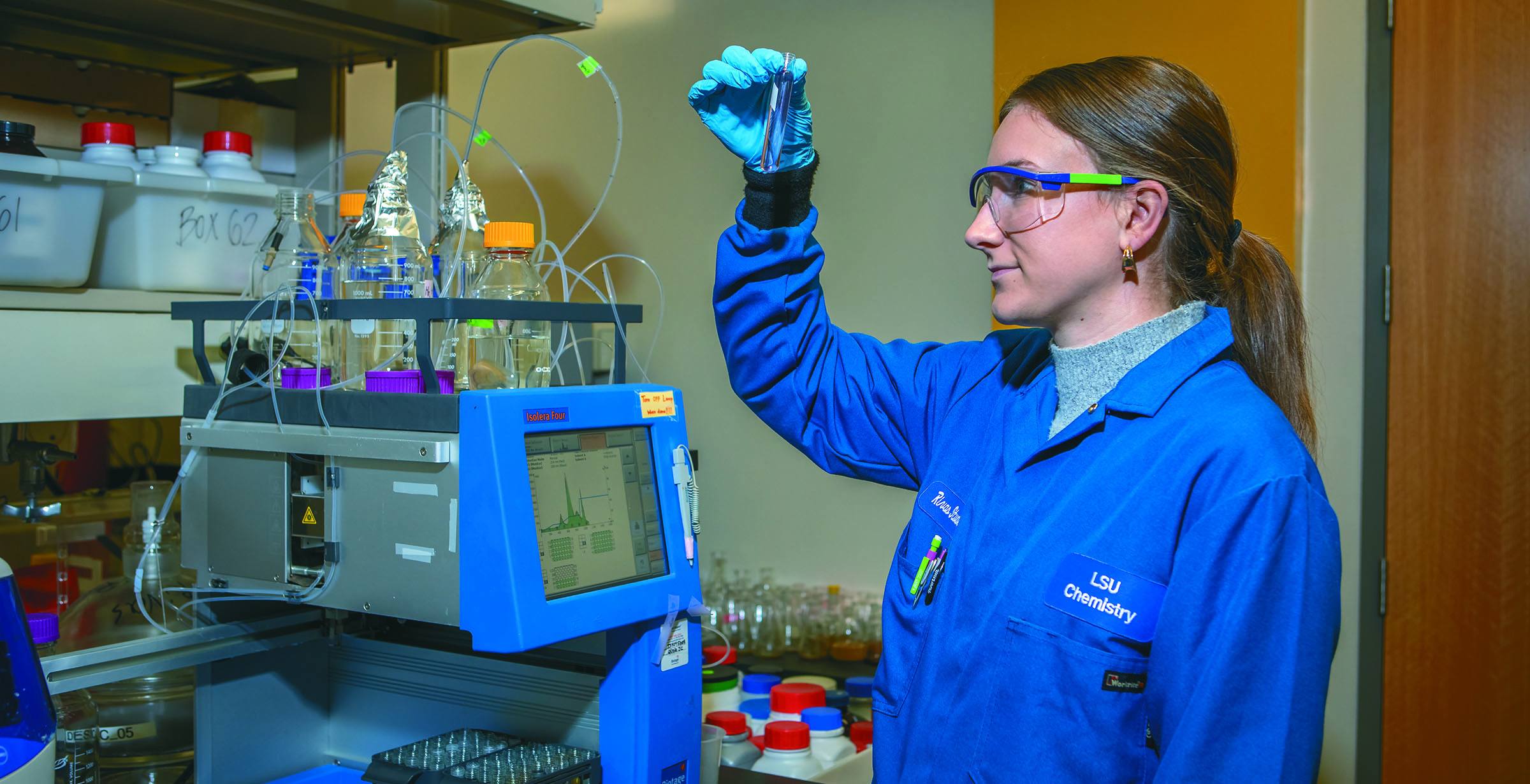
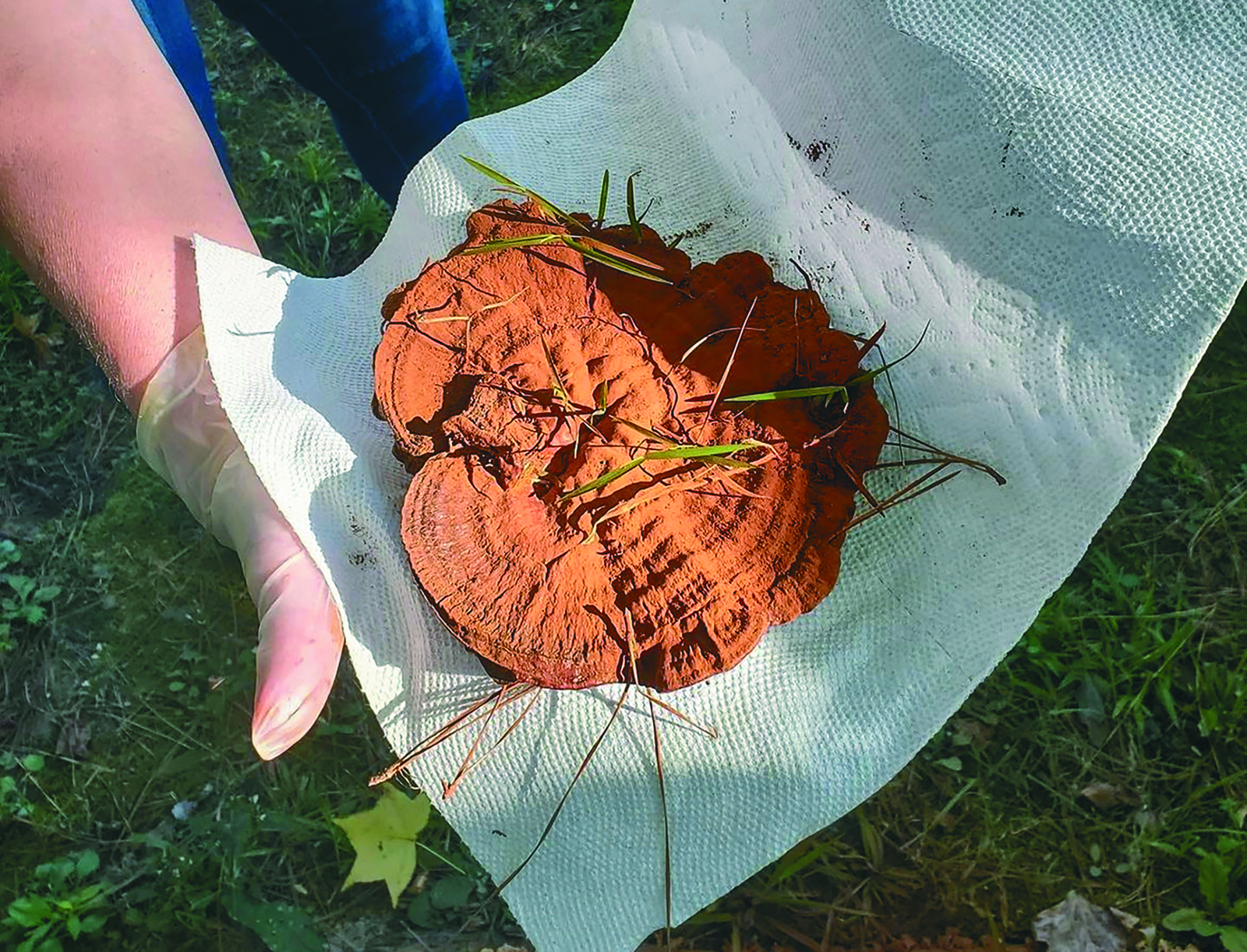 The Rivas group has a large focus on utilizing natural products as possible therapeutic
agents. The project I help collaborate on focuses on understanding the phytochemistry
and exploring the biological function of a species of mushroom called Ganoderma multiplicatum.
As we explore its biological function, we are hoping to find anticancer and antiproliferative
properties that can be used to eventually treat multiple forms of cancer.
The Rivas group has a large focus on utilizing natural products as possible therapeutic
agents. The project I help collaborate on focuses on understanding the phytochemistry
and exploring the biological function of a species of mushroom called Ganoderma multiplicatum.
As we explore its biological function, we are hoping to find anticancer and antiproliferative
properties that can be used to eventually treat multiple forms of cancer.